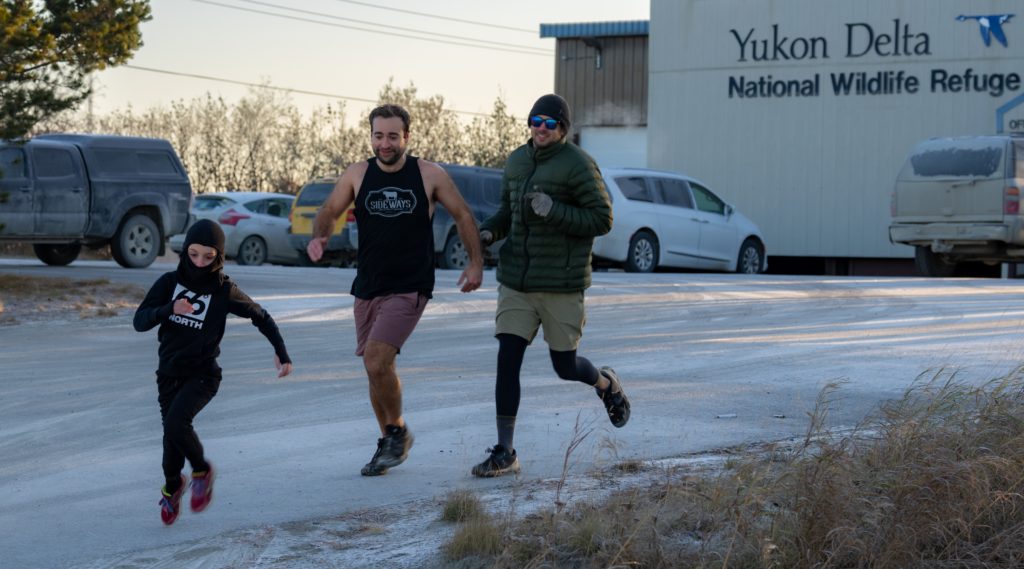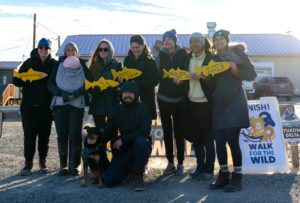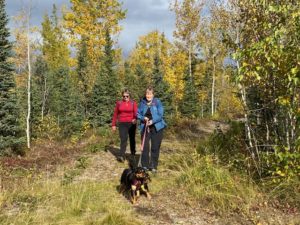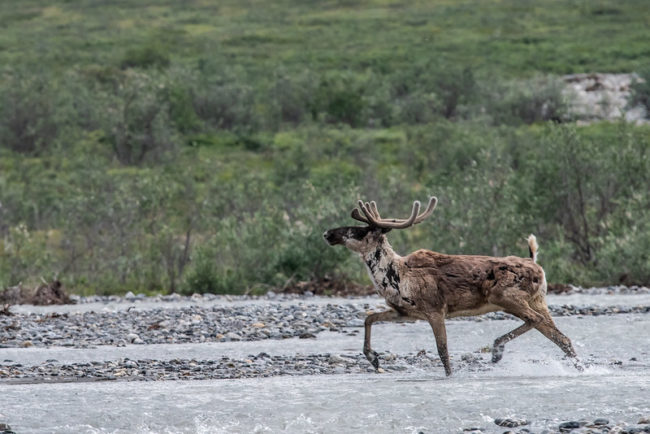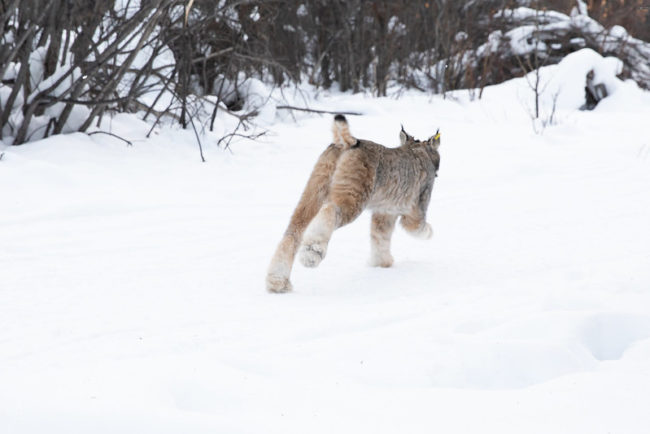by Lee Post
This year, Friends gave $1000 to help Innoko Refuge bring “boneman” Lee Post to McGrath to articulate a moose skeleton with the local school. Lee is well known for his work and has articulated a grey whale skeleton for the Kodiak Refuge Visitor Center and has done numerous other projects with parks, colleges, museums and schools.
As a boneman, my fantasy was to fly to the interior village of McGrath and jump into working with local students walking them through the construction of a moose skeleton. Not a free-standing skeleton, due to time constraints, and missing bones, but a “Moose on a Half-Shell”. This is half a moose taking one side of the skeleton and fastening the bones to a plywood panel cut in the correct anatomical shape of a moose. In this way, students get to do an art and science installation and learn where and how all the bones fit. The finished skeleton could be outlined, mounted to a wall, and finished in a couple of days.
The reality of this morphed into, let’s have the bones fastened to three panels on a wheeled stand such that each panel can come off and be transported. This way the finished moose could be moved to various places around town. When I got there late on a Wednesday afternoon, the students had yet to see the bones, the stand was still being constructed, and there was only a day and a half before the weekend. The next day students came in waves. Group after group. I tried to give them a quick introduction to bones and got them sorting the bone puzzle and drilling holes in the vertebrae. But no sooner did I get them really started when they had to leave and another group came in. I had hoped the oldest students would get enthused and come in for the weekend. They didn’t, and suddenly it was the weekend and we had two days to get the moose walking as I was scheduled to fly out on Monday.
Two super students, Eva Welch and Kierra Egrass, did the touch up painting of the repaired and the replacement bones of the “Moose on the Half-Shell”. pc: Lee Post
Over two long days, the village came together to get the project done. John Gray, the local fix it guy, brought tools and parts and fancy fasteners and stayed to make jigs and slice the bones to fit flat on the panels. Tim Yoder, carpenter and Fish and Game employee, finished construction of a wonderful three panel stand. The upper half of the moose was cut out of the plywood in silhouette. The skeleton got articulated in sections that fit onto the panels without overlapping such that the panels could be removed with the bones. We learned a few things such as: a moose is a big animal, and old buried moose bones can be surprisingly delicate. We repaired many of the broken and chipped bones and broke a few more ourselves. The skull came broken in half and was coming apart. Clarence, a teacher, brought in a skull with antlers, but it was too big and heavy to use for this. John brought in another, younger skull that was a better fit. Kellie Peirce from the Innoko refuge, had saved replacement bones from a moose she harvested. We all met and heard from Ephrem and Angela Andrews how they found and collected the bones five years ago over a couple of rainy days from under the silt and sand of the river. It is still not clear to me what motivated them to work so hard in the river in the rain probing for bones under the water.

The whole school and some community members turned out to celebrate the completion of the moose articulation. Bone finders Ephrem and Angela Andrews are in the back row under the moose ribs. Boneman Lee Post is under the American flag and Innoko Visitor Services Manager, Kellie Peirce, is on the far left.
The project got finished, thanks to all. It did take a village, starting with the collection of the bones by the Andrews and one person, Francis, from the Sally Jo Collins Museum in McGrath with a dream to do something with them. Kellie Peirce, Innoko Refuge Visitor Services Manager, applied for the funding, created partnerships and became the mother of the project from there to completion. WELL DONE!

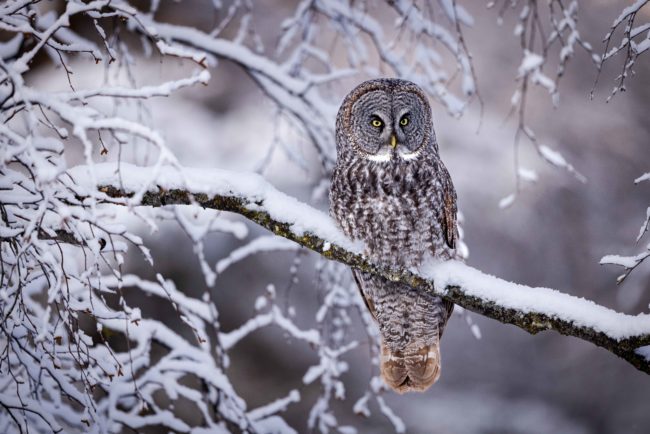

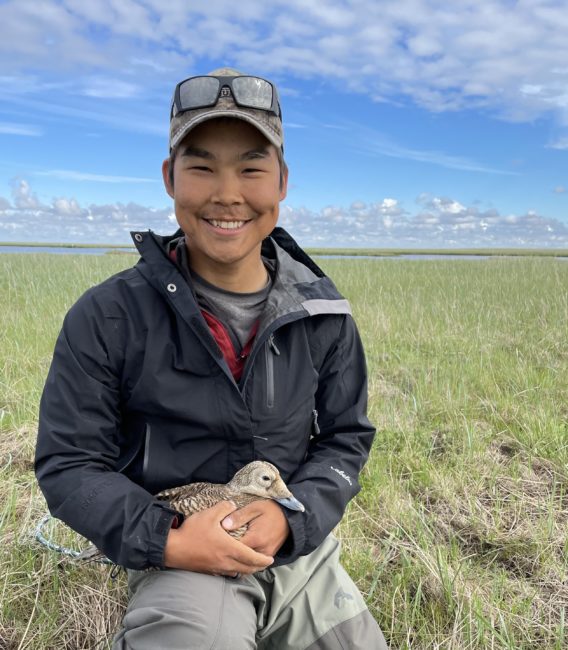
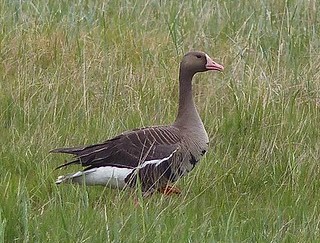 Greater White-fronted Goose, Kigigak Island, Yukon Delta National Wildlife Refuge pc: Kristine Sowl, USFWS
Greater White-fronted Goose, Kigigak Island, Yukon Delta National Wildlife Refuge pc: Kristine Sowl, USFWS

